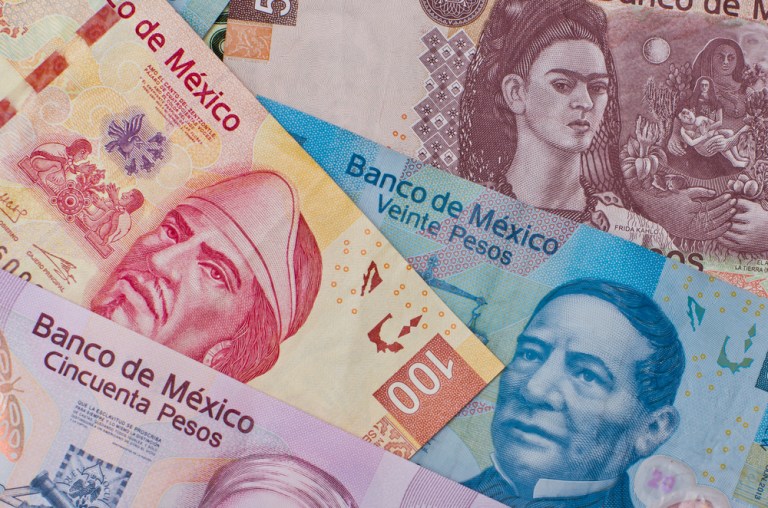Mexico obtained $3.53 billion in remittances in July to reach the third-highest point recorded, marking a rise of over 7 percent from $3.29 billion in remittances it had received in July 2019, Reuters reported.
Remittances are a significant support for the country’s economic climate and especially for families with modest means. They reached the top level on record as of 1995 in March before attaining the second-most positive level in June, according to Reuters.
Alberto Ramos, an economist with Goldman Sachs, noted in the report that the drastic reduction of jobs and activity in the U.S. hasn’t noticeably affected the movement of funds to Mexico.
“Generous wage/income support fiscal transfers in the U.S., a very competitive MXN/USD level, and a deep contraction of activity and employment in Mexico may have acted as both push and pull drivers of dollar remittances from the U.S. to Mexico,” Ramos said, according to Reuters.
The millions of individuals from Mexico residing in the U.S. send a large share of the country’s remittances. Those funds bolster the second-biggest economy in the Latin American region, Reuters reported.
Remittances refer to the procedure of transmitting money internationally to friends and families. These funds have been impacted at a high level, with the World Bank forecasting earlier in 2020 that worldwide remittances to low- and middle-income nations are forecasted to drop by as much as 20 percent this year to roughly $445 billion, as measured from last year’s levels.
Advertisement: Scroll to Continue
Separately, Asian Development Bank (ADB) economists have noted that global payments could drop by as much as $108.6 billion in 2020 if it takes a year to contain the pandemic and open economies again.
ADB is a regional bank created in the 1960s to foster economic and social development in Asia, with its membership roster spanning over five dozen banks.
Remittances sent to the Asia Pacific region are an important income resource for families and amounted to $315 billion in 2019.




